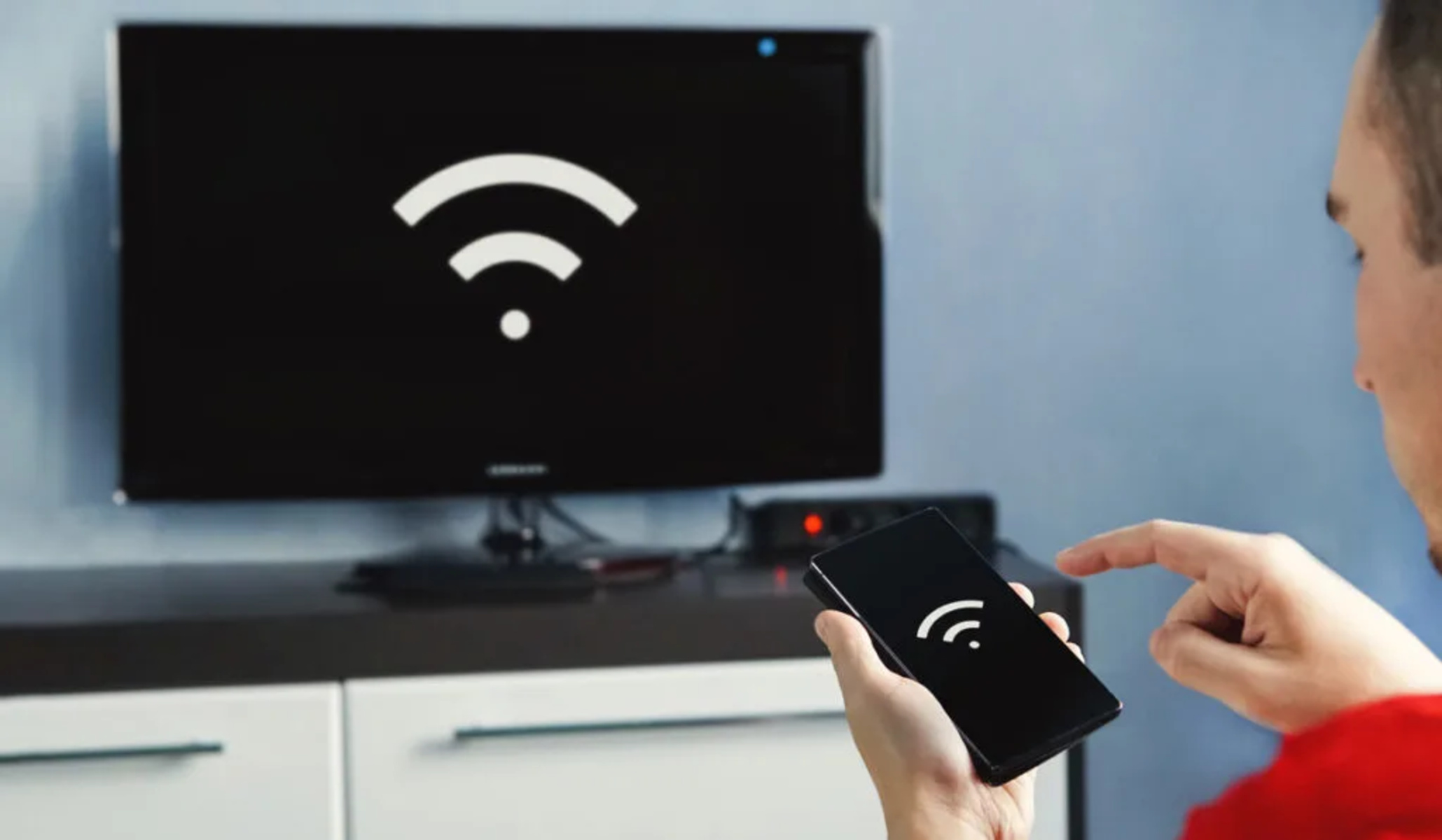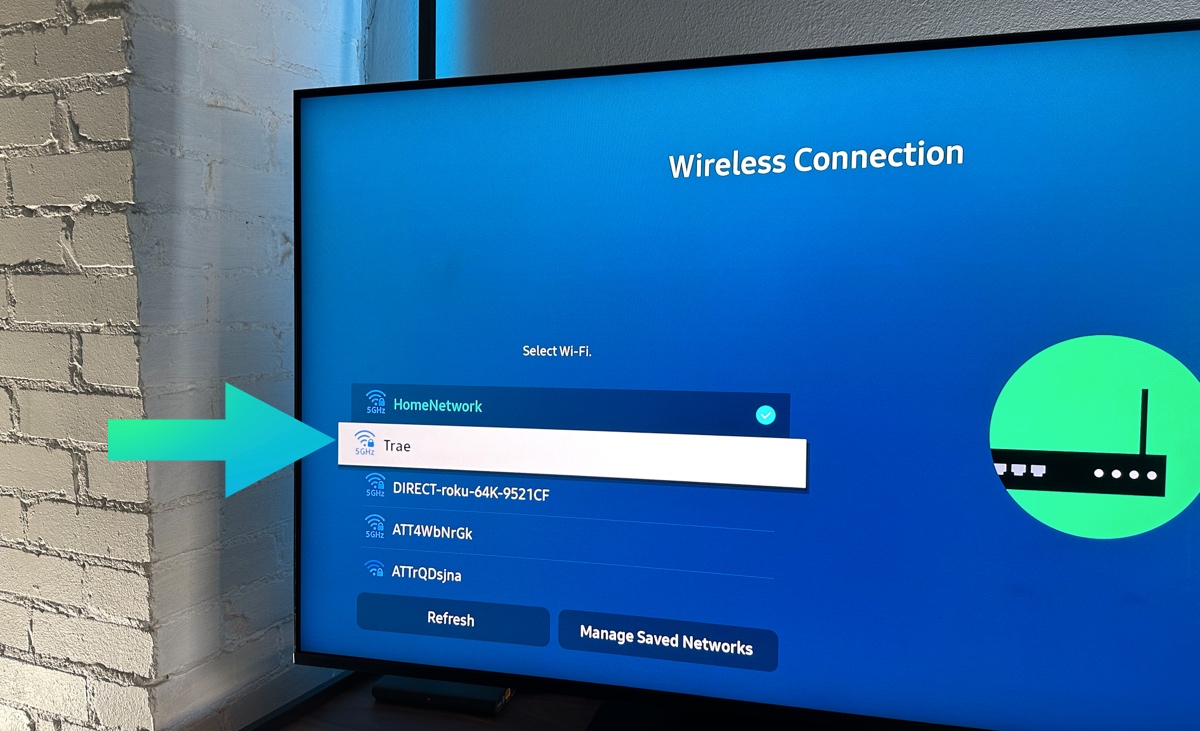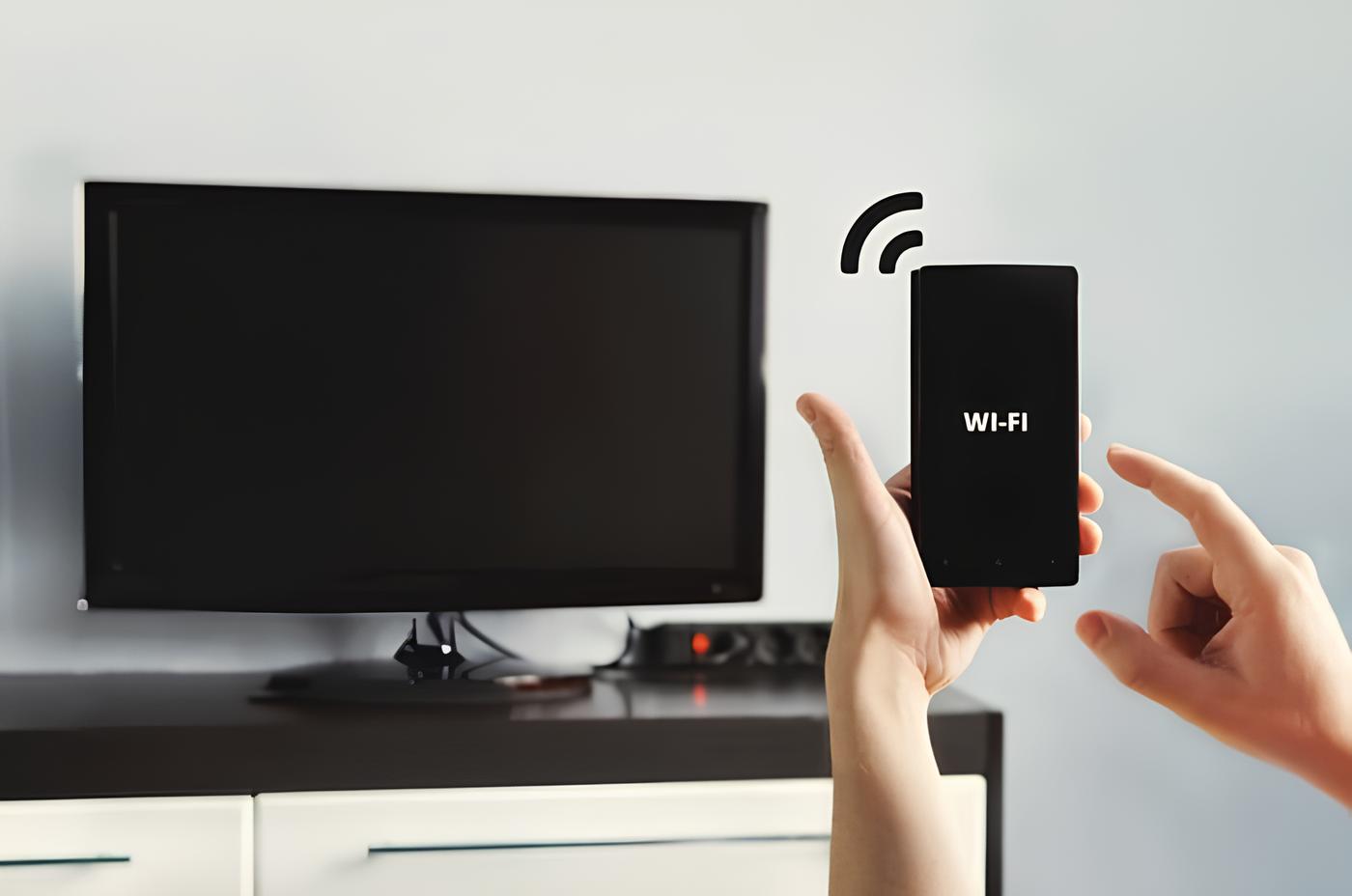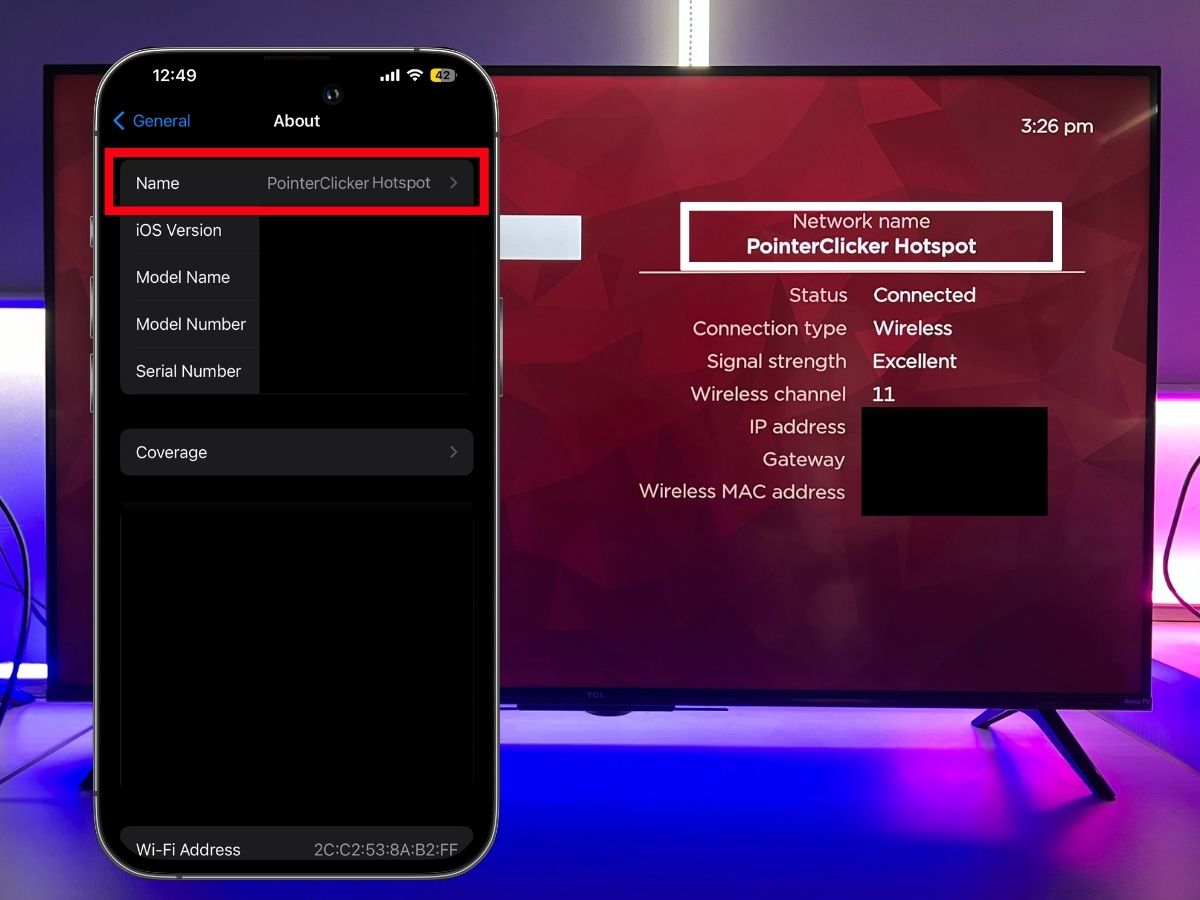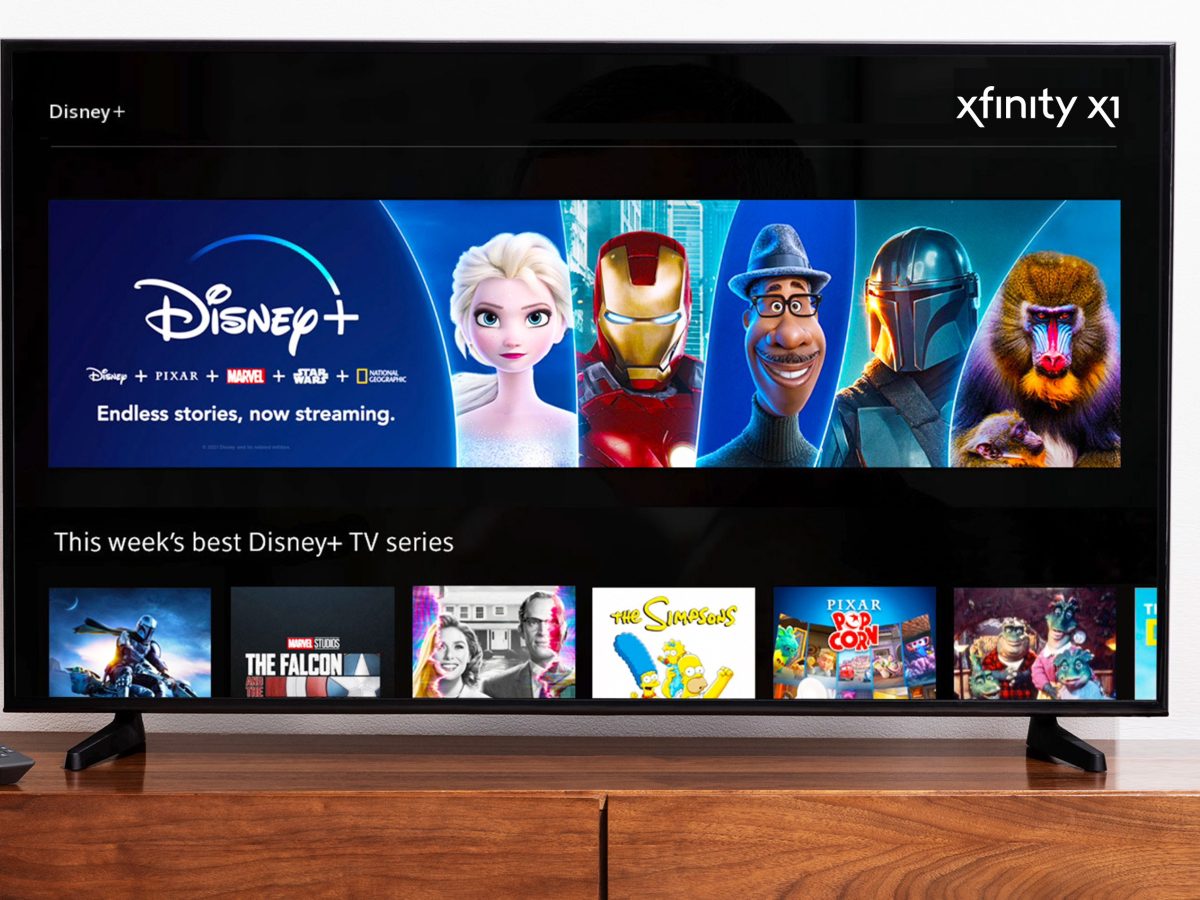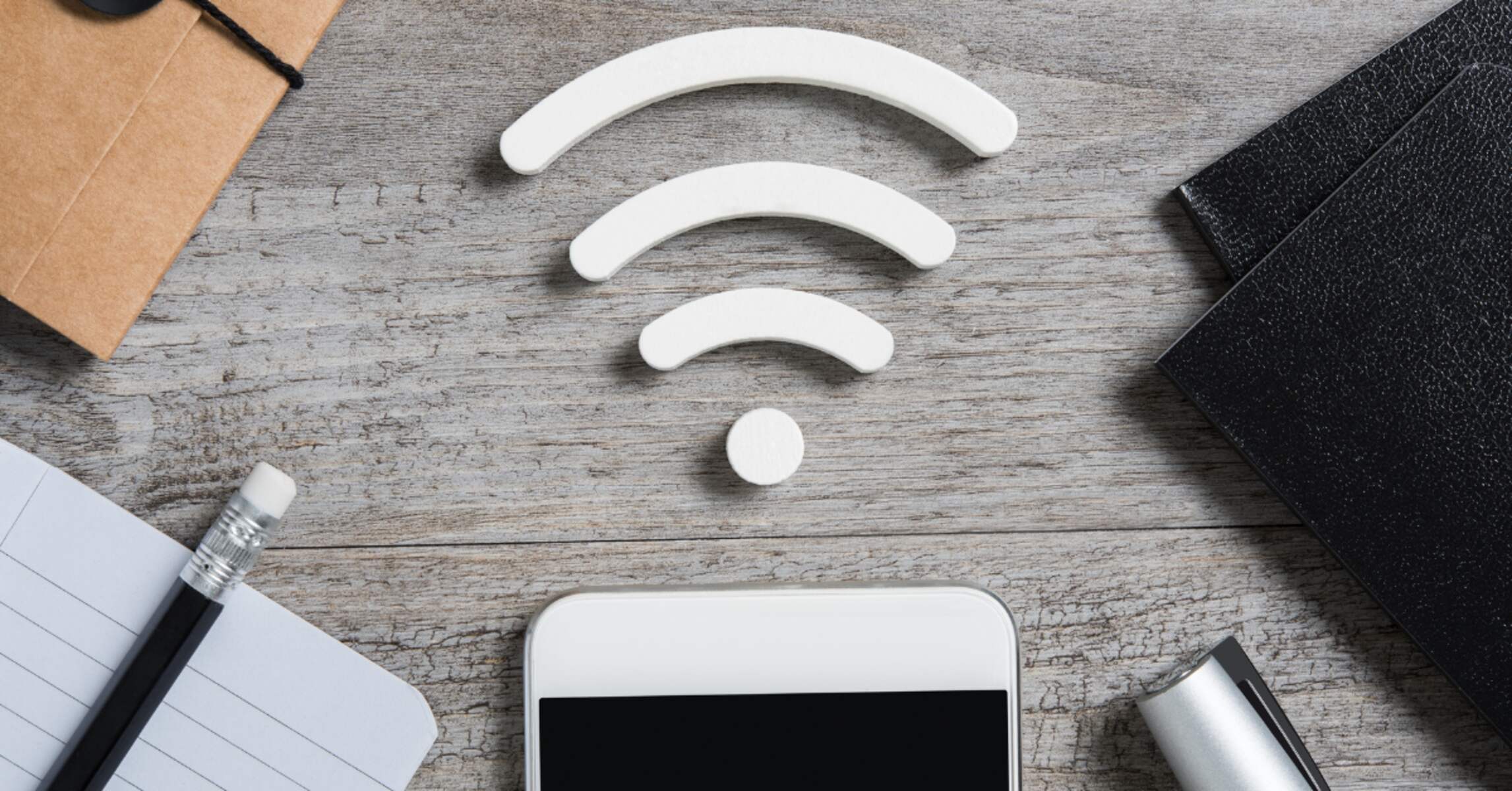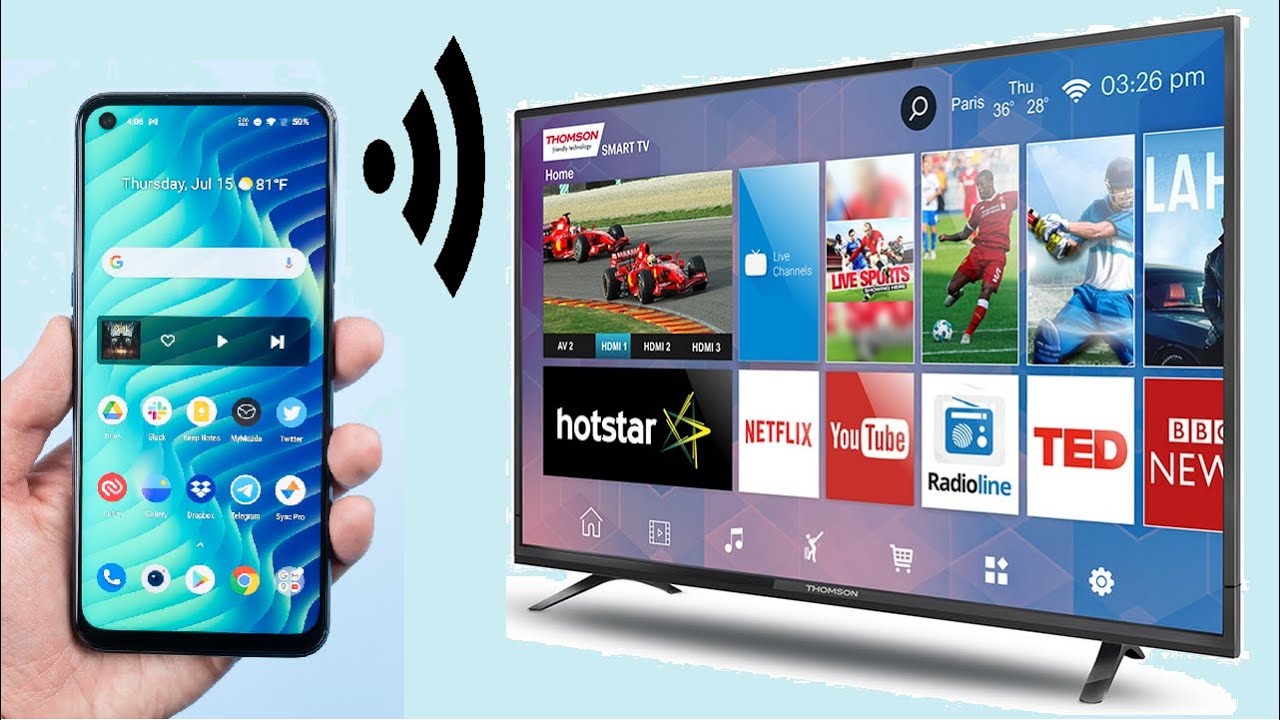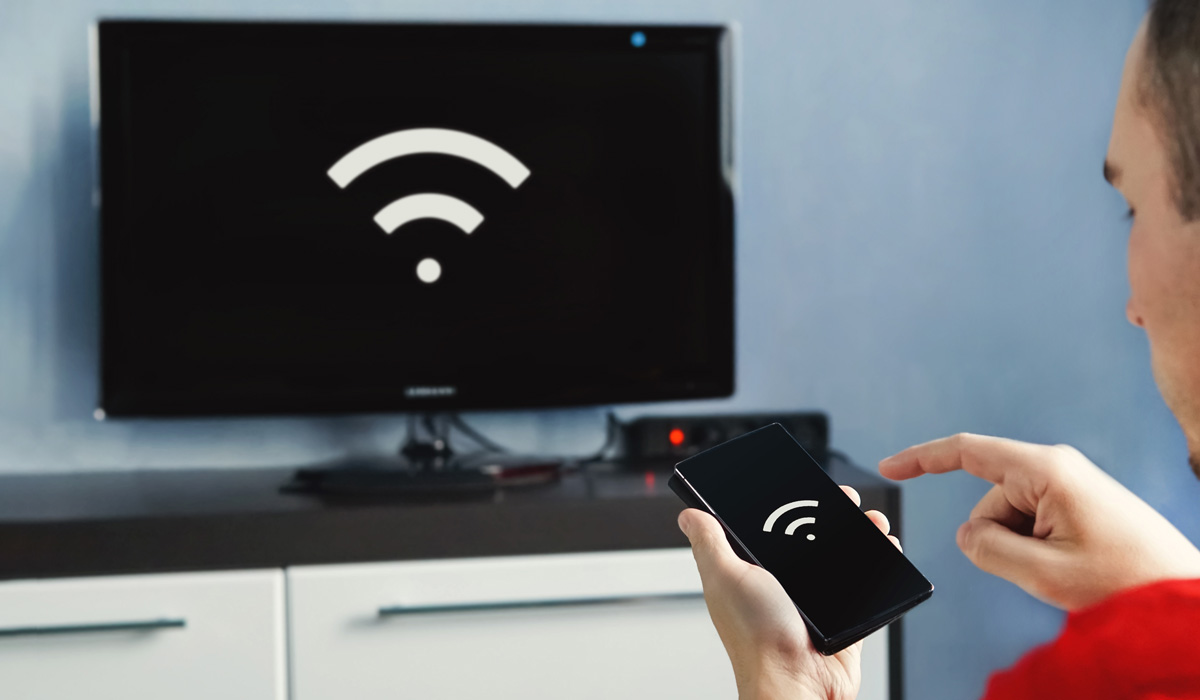Introduction
When it comes to streaming your favorite shows or catching up on the latest news, a stable and reliable internet connection is essential. However, there are instances when traditional internet services are unavailable, leaving you with no choice but to rely on a mobile hotspot to stay connected. While using a hotspot can be a convenient solution, it's not without its challenges, especially when trying to connect devices such as smart TVs. In this article, we'll explore common issues encountered when attempting to connect a smart TV to a mobile hotspot and provide troubleshooting tips to help you overcome these obstacles.
Whether you're in a remote location, experiencing an internet outage, or simply prefer the flexibility of a mobile hotspot, understanding how to troubleshoot TV connection issues is crucial for uninterrupted entertainment. By addressing these challenges, you can ensure that your smart TV seamlessly connects to your mobile hotspot, allowing you to enjoy your favorite content without disruptions.
In the following sections, we'll delve into the step-by-step process of troubleshooting TV connection issues with a mobile hotspot. From checking your internet connection to updating firmware and reaching out to your service provider, we'll cover everything you need to know to resolve connectivity issues and optimize your viewing experience. So, if you've ever encountered frustrating connectivity problems when using a mobile hotspot with your smart TV, fret not – we've got you covered with practical solutions to get you back to enjoying your favorite shows and movies in no time.
Check Internet Connection
Ensuring a stable and reliable internet connection is the first step in troubleshooting TV connection issues with a mobile hotspot. When attempting to connect your smart TV to a mobile hotspot, it's essential to verify the strength and consistency of the internet signal. Here's how to check the internet connection and address any potential issues:
-
Signal Strength: Begin by assessing the signal strength of your mobile hotspot. Navigate to the settings menu on your smart TV and locate the network or Wi-Fi settings. Here, you can view the available networks and signal strength indicators. If the signal strength is weak, consider repositioning the hotspot closer to the smart TV to improve connectivity.
-
Network Availability: Verify that the mobile hotspot is operational and broadcasting a network signal. Access the hotspot settings on your mobile device to confirm that the network is active and accessible. If the network is not visible, ensure that the hotspot feature is enabled on your device and that it is within range of the smart TV.
-
Bandwidth and Data Limit: Check the data usage and bandwidth allocation of your mobile hotspot. Some service providers impose data caps or throttling, which can affect the performance of streaming devices. Review your data plan and ensure that you have sufficient bandwidth to support streaming activities on your smart TV.
-
Interference and Obstructions: Evaluate the surrounding environment for potential sources of interference or signal obstructions. Electronic devices, physical barriers, and other wireless networks can disrupt the signal strength and stability of your mobile hotspot. Minimize interference by relocating the smart TV and the mobile hotspot to a less congested area, away from potential sources of interference.
By meticulously checking the internet connection and addressing any underlying issues, you can lay a strong foundation for troubleshooting TV connection issues with a mobile hotspot. Once you've confirmed a stable and reliable internet connection, you can proceed to the next steps in the troubleshooting process to ensure seamless connectivity between your smart TV and the mobile hotspot.
Check Hotspot Settings
After confirming a stable internet connection, the next crucial step in troubleshooting TV connection issues with a mobile hotspot is to check and optimize the hotspot settings. The settings of your mobile hotspot play a pivotal role in facilitating a seamless connection with your smart TV. By carefully reviewing and adjusting these settings, you can enhance compatibility and improve the overall performance of the connection. Here's a detailed exploration of the hotspot settings to focus on:
Security and Encryption
One of the primary considerations when configuring your mobile hotspot is the security and encryption settings. Ensure that the hotspot is secured with a strong password and encryption protocol to safeguard the network from unauthorized access. Access the hotspot settings on your mobile device and review the security options to enable WPA2 encryption, which provides robust protection against potential security threats and unauthorized intrusion.
Network Name (SSID)
The network name, also known as the Service Set Identifier (SSID), is the identifier used to distinguish your mobile hotspot from other available networks. Access the hotspot settings to customize the network name, making it easily identifiable and distinct from other nearby networks. A unique and recognizable SSID can prevent confusion and simplify the process of connecting your smart TV to the correct hotspot network.
Band and Channel Selection
Optimizing the band and channel selection of your mobile hotspot can significantly impact the stability and performance of the connection. If your mobile device supports dual-band Wi-Fi, consider configuring separate SSIDs for the 2.4GHz and 5GHz bands. This allows you to connect your smart TV to the most suitable band based on its compatibility and proximity to the hotspot. Additionally, selecting the optimal Wi-Fi channel can minimize interference and enhance the signal quality, contributing to a more reliable connection.
DHCP and IP Address Allocation
Dynamic Host Configuration Protocol (DHCP) settings govern the allocation of IP addresses within the network. Access the hotspot settings to verify that DHCP is enabled, allowing the smart TV to automatically obtain an IP address and network configuration upon connection. Additionally, you can review the IP address allocation table to ensure that the smart TV is assigned a unique and valid IP address within the subnet, preventing conflicts and connectivity issues.
By meticulously reviewing and adjusting the hotspot settings, you can create an environment conducive to seamless connectivity between your smart TV and the mobile hotspot. These optimizations can mitigate compatibility issues and enhance the stability of the connection, ultimately improving your streaming experience without interruptions.
Restart Devices
Restarting devices is a fundamental yet often overlooked troubleshooting step that can effectively resolve connectivity issues between a smart TV and a mobile hotspot. When encountering persistent connection problems, performing a simple restart of the involved devices can alleviate software glitches, clear temporary network configurations, and restore functionality. Here's a comprehensive exploration of the process and benefits of restarting devices to address TV connection issues with a mobile hotspot:
Smart TV Restart
Initiating a restart of the smart TV serves as an initial intervention to rectify connectivity issues. To restart the smart TV, navigate to the device's settings menu and locate the power options. Select the restart or reboot function to initiate the process. Alternatively, you can power off the TV, wait for a few minutes, and then power it back on. This action clears the device's memory, terminates background processes, and initializes a fresh network connection upon reboot.
Mobile Hotspot Restart
Similarly, restarting the mobile hotspot is crucial in resetting its operational state and resolving potential network conflicts. Access the hotspot settings on your mobile device and locate the power or restart option. Initiate the restart process to refresh the hotspot's configuration and establish a clean network environment. Alternatively, you can power off the hotspot, wait for a brief period, and then power it on to trigger the restart sequence.
Benefits of Restarting Devices
Restarting the smart TV and the mobile hotspot offers several notable benefits in troubleshooting connectivity issues. Firstly, it clears the device's cache and temporary files, eliminating any residual network configurations that may impede the connection process. Additionally, a restart terminates background applications and processes that could be consuming resources or conflicting with network connectivity. Moreover, initiating a fresh network connection after the restart allows the devices to establish a clean and stable connection, potentially resolving intermittent disconnections and latency issues.
By restarting both the smart TV and the mobile hotspot, you can effectively address common connectivity challenges and optimize the connection for seamless streaming and browsing experiences. This straightforward yet impactful troubleshooting step is a valuable tool in your arsenal when encountering TV connection issues with a mobile hotspot.
In essence, restarting devices serves as a proactive measure to refresh network configurations, clear software anomalies, and establish a clean connection environment. Incorporating this simple yet effective strategy into your troubleshooting process can expedite the resolution of connectivity issues, allowing you to enjoy uninterrupted access to your favorite content on your smart TV.
Update Firmware
Updating the firmware of your smart TV and mobile hotspot can play a pivotal role in resolving connectivity issues and optimizing the performance of the devices. Firmware, often referred to as the software that governs the operation of hardware components, is integral to the functionality and compatibility of electronic devices. By ensuring that the firmware of both your smart TV and mobile hotspot is up to date, you can leverage the latest enhancements, bug fixes, and compatibility improvements to enhance the connectivity and overall user experience.
Smart TV Firmware Update
Initiating a firmware update for your smart TV involves accessing the device's settings or menu to check for available updates. Manufacturers periodically release firmware updates to address software vulnerabilities, introduce new features, and improve device compatibility. To update the firmware of your smart TV, follow these steps:
-
Access the Settings Menu: Navigate to the settings or setup menu on your smart TV. Look for an option related to system updates, software updates, or firmware updates.
-
Check for Updates: Select the option to check for available updates. The smart TV will connect to the manufacturer's servers to search for the latest firmware version.
-
Download and Install: If an update is available, follow the on-screen prompts to download and install the firmware update. Ensure that the smart TV remains connected to the internet throughout the update process.
-
Restart the TV: After the firmware update is successfully installed, restart the smart TV to apply the changes. This ensures that the updated firmware is fully integrated into the device's operation.
Mobile Hotspot Firmware Update
Similarly, updating the firmware of your mobile hotspot is essential for maintaining optimal performance and addressing compatibility issues. Mobile hotspot devices, such as portable Wi-Fi routers and mobile hotspots integrated into smartphones, receive firmware updates to improve network stability and security. To update the firmware of your mobile hotspot, consider the following steps:
-
Access the Device Settings: Depending on the type of mobile hotspot, access the device settings or management interface. This can typically be done through a web browser by entering the device's IP address in the address bar.
-
Check for Firmware Updates: Look for an option to check for firmware updates within the device settings. Some mobile hotspots may automatically check for updates when accessing the management interface.
-
Download and Install: If a firmware update is available, follow the prompts to download and install the update. Ensure that the device remains powered and connected to the internet throughout the update process.
-
Reboot the Hotspot: After the firmware update is successfully installed, reboot the mobile hotspot to finalize the update. This ensures that the updated firmware is actively governing the device's operation.
By diligently updating the firmware of both your smart TV and mobile hotspot, you can leverage the latest improvements and compatibility enhancements to mitigate connectivity issues and optimize the connection between the devices. Firmware updates serve as a proactive measure to address software vulnerabilities, improve device performance, and ensure seamless compatibility, ultimately enhancing your streaming and browsing experiences.
Contact Service Provider
In the event that persistent connectivity issues persist despite thorough troubleshooting efforts, reaching out to your mobile hotspot service provider can provide valuable insights and potential solutions. Your service provider possesses the expertise and resources to address underlying network issues, offer guidance on optimizing the hotspot configuration, and troubleshoot specific compatibility challenges. When initiating contact with your service provider, consider the following strategies to effectively convey the nature of the connectivity issues and seek resolution:
Detailed Description of Issues: When contacting your service provider, provide a detailed description of the specific connectivity issues encountered when attempting to connect your smart TV to the mobile hotspot. Include information about the symptoms, error messages, and any troubleshooting steps already undertaken. This comprehensive overview enables the service provider to grasp the scope of the problem and offer targeted assistance.
Network Configuration Guidance: Request guidance on optimizing the network configuration of your mobile hotspot to ensure seamless compatibility with your smart TV. The service provider can provide recommendations for adjusting security settings, optimizing signal strength, and addressing potential interference, thereby enhancing the overall connectivity and performance of the hotspot.
Compatibility Assessment: Seek insights into the compatibility between your smart TV and the mobile hotspot, particularly regarding supported Wi-Fi standards, encryption protocols, and network bands. The service provider can assess the compatibility of your devices and offer recommendations for maximizing the connection stability and compatibility.
Diagnostic Support: Inquire about diagnostic tools or remote assistance options provided by the service provider. Remote diagnostic support can facilitate a thorough analysis of the network environment, identify potential issues, and implement targeted solutions to resolve connectivity challenges.
Network Infrastructure Evaluation: Request an evaluation of the network infrastructure in your location to identify potential factors affecting the performance of the mobile hotspot. This assessment may encompass signal coverage, network congestion, and environmental interference, providing valuable insights into optimizing the connectivity for your smart TV.
By proactively engaging with your service provider and leveraging their expertise, you can gain valuable insights, targeted guidance, and potential solutions to address persistent connectivity issues between your smart TV and the mobile hotspot. The collaborative effort between you and your service provider can lead to a comprehensive resolution, ensuring optimized connectivity and uninterrupted access to your favorite content.







